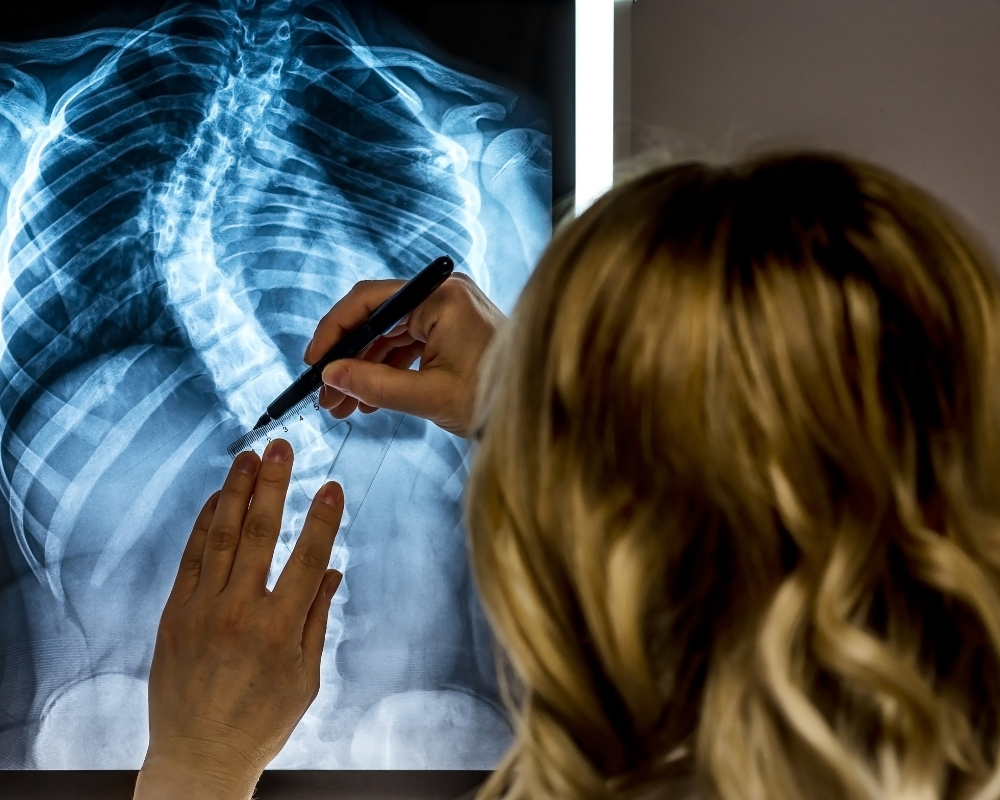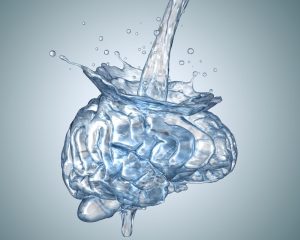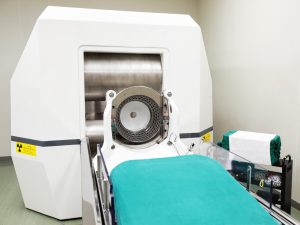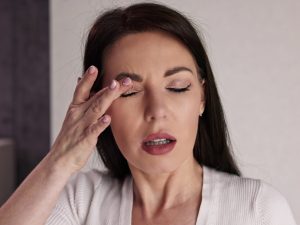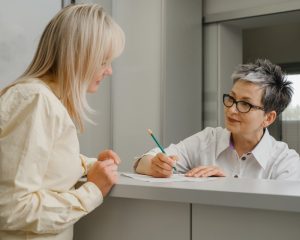In 2012, archaeologists made a remarkable discovery beneath a car park in Leicester – the remains of King Richard III. Historical descriptions of the king often mentioned ‘unequal shoulders’, and modern testing confirmed that he lived with a curved spine caused by a type of scoliosis.
While Richard’s scoliosis likely began in adolescence, many adults today develop spinal curvature much later in life – often without realising it at first. What begins as general stiffness or mild discomfort may gradually progress to persistent back pain, nerve irritation or changes in posture.
For older adults, these changes can be subtle at first: a slight forward lean, or fatigue from everyday activities like shopping or walking. Over time, the curve in the spine may deepen, affecting balance, mobility and independence.
This condition, known as degenerative scoliosis, is a common yet often under-recognised condition among older Australians. And while not everyone with spinal degeneration requires surgery, understanding when and why surgical intervention is considered can help you make informed decisions about your care.
What is degenerative scoliosis and how does it affect older adults?
Scoliosis is a condition characterised by an abnormal sideways curvature of the spine, often resulting in an S-shaped or C-shaped curve.
Adult scoliosis typically falls into two categories:
- Idiopathic scoliosis: this may begin in adolescence (as Richard’s did) and continue into adulthood.
- Primary degenerative scoliosis: also known as ‘de novo’ scoliosis, this begins in adulthood in a previously straight spine. It’s triggered by age-related changes in spinal discs and facet joints.
Primary degenerative scoliosis is a common form of scoliosis in older adults. A 2020 systematic review and meta-analysis of 5 studies of people aged 41-94 found that nearly 40% had degenerative scoliosis (pooled prevalence estimate of 37.6%). Prevalence was substantially higher in the over-60s age group.
How does degenerative scoliosis affect quality of life?
In older adults, degenerative scoliosis can lead to visible physical changes such as:
- a stooped posture
- uneven shoulders or hips
- difficulty standing upright for long periods
Some of those changes can trigger scoliosis symptoms such as:
- lower back pain and stiffness
- leg pain, numbness and cramping (due to pinched nerves)
- a forward-leaning posture
- fatigue from straining the lower back and leg muscles
The effects of degenerative scoliosis vary between individuals. Some people experience mild symptoms, while others find that it significantly affects their daily activities.
Understanding the Cobb angle in scoliosis
The Cobb angle is a way for doctors to measure how much the spine curves in people with scoliosis. It helps determine whether your condition is mild, moderate or severe.
This measurement is taken using an X-ray, where doctors look at the most tilted bones (vertebrae) at the top and bottom of the curve. By drawing lines along these bones and measuring the angle where they meet, doctors can see how much the spine is bending.
The Cobb angle is important because it helps doctors decide on the best treatment plan. Relevant Cobb angles are:
- 10 degrees: the minimum Cobb angle for a diagnosis of scoliosis
- 10-20 degrees: may require nothing or be managed with regular check-ups and physiotherapy
- 20-40 degrees: to be monitored for progression or symptom progression
- more than 40 degrees: surgery may be advised to help straighten and stabilise the spine.
The Cobb angle also helps doctors track scoliosis over time. Regular imaging scans can show if the curve is staying the same or worsening.
Treatment options for adult scoliosis
Non-surgical approaches include:
- Physiotherapy: strengthening core muscles may help improve posture and spinal stability.
- Pain management: this may include medications, targeted injections or other treatments.
- Supportive bracing: while less commonly used in adults, some individuals find relief from wearing a brace.
- Lifestyle modifications and self-care: strategies such as weight management, ergonomic adjustments and low-impact exercise may help reduce strain on the spine.
When is surgery considered?
Surgery for scoliosis may be recommended in cases where:
- Pain is persistent and does not improve with non-surgical treatments.
- Nerve compression leads to weakness or mobility issues.
- The spinal curvature is progressing and impacting posture.
Surgical procedures for scoliosis typically involve stabilising the spine. The most common approach is spinal fusion, where vertebrae are fused together, often supported with rods and screws. This aims to straighten and stabilise your spine by fusing the relevant vertebrae together so that they heal into one, straight bone.
How can we help?
The neurosurgeons at Macquarie Neurosurgery and Spine regularly support older adults with scoliosis. During your initial consultation, your neurosurgeon may:
- ask about your symptoms and medical history
- review your scans
- discuss the treatment you’ve received so far
- discuss whether surgery could help you and advise you on the risks and benefits.
If you’re an older adult with a previous diagnosis of degenerative scoliosis or if you’re concerned that you may have developed it, please see your GP and ask for a referral to Macquarie Neurosurgery and Spine.
With 20 locations across Sydney, Canberra and regional NSW, we’re well-placed to help you.

